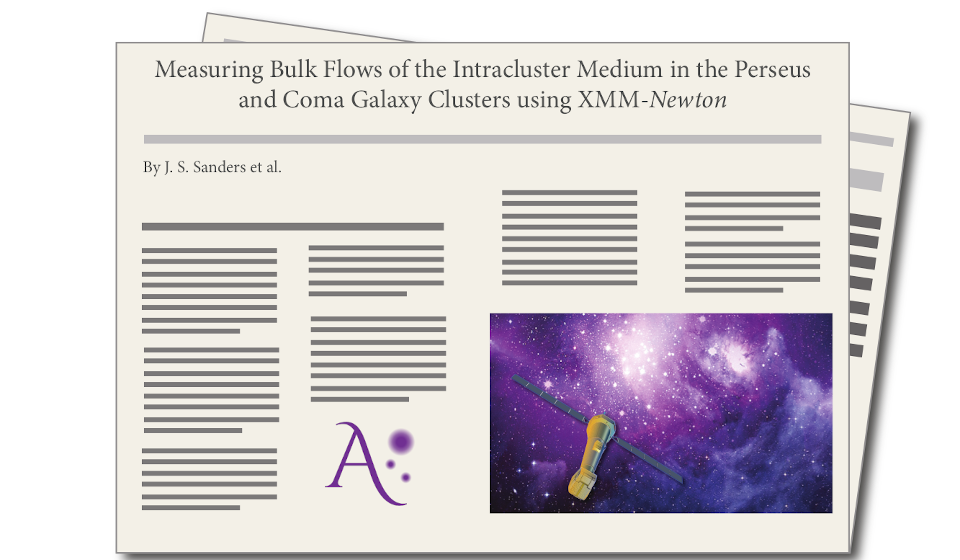
Measuring bulk flows of the intracluster medium...

By Jeremy S. Sanders
We demonstrate a novel technique for calibrating the energy scale of the EPIC-pn detector on XMM-Newton, which allows us to measure bulk flows in the intracluster medium (ICM) of the Perseus and Coma galaxy clusters. The procedure uses the fluorescent instrumental back-ground lines present in all observations, in particular, Cu-Kα. By studying their spatial and temporal variations, in addition to incorporating calibration observations, we refined the absolute energy scale of the detector to better than 150 km s−1 at the Fe-K line, a large improvement over the nominal calibration accuracy of 550 km s−1. With our calibration, we mapped the bulk motions over much of the central 1200 and 800 kpc of Perseus and Coma, respectively, in spatial regions down to 65 and 140 kpc size. We cross-checked our procedure by comparing our measurements with those found in Perseus by Hitomi for an overlapping 65 kpc square region, finding consistent results. For Perseus, there is a relative line-of-sight velocity increase of 480 ± 210 km s−1 (1σ) at a radius of 250 kpc east of the nucleus. This region is associated with a cold front, providing direct evidence of the ICM sloshing in the cluster potential well. Assuming the intrinsic distribution of bulk motions is Gaussian, its width is 214 ± 85 km s−1, excluding systematic uncertainties. Removing the sloshing region, this is reduced to 20–150 km s−1, which is similar in magnitude to the Hitomi line width measurements in undisturbed regions. In Coma, the line-of-sight velocity of the ICM varies between the velocities of the two central galaxies. Maps of the gas velocity and metallicity provide clues about the merger history of the Coma, with material to the north and east of the cluster core having a velocity similar to NGC 4874, while that to the south and west has velocities close to NGC 4889. Our results highlight the difference between a merging system, such as Coma, where we observe a ∼1000 km s−1 range in velocity, and a relatively relaxed system, such as Perseus, with much weaker bulk motions.

